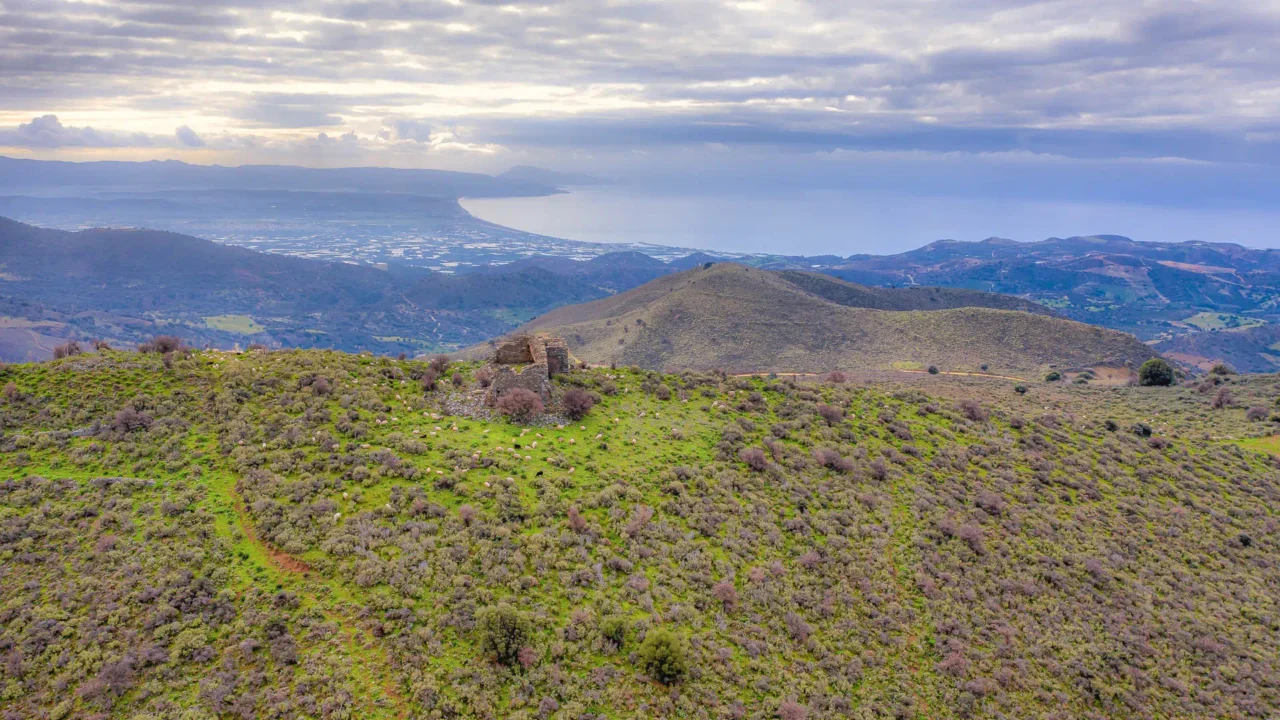
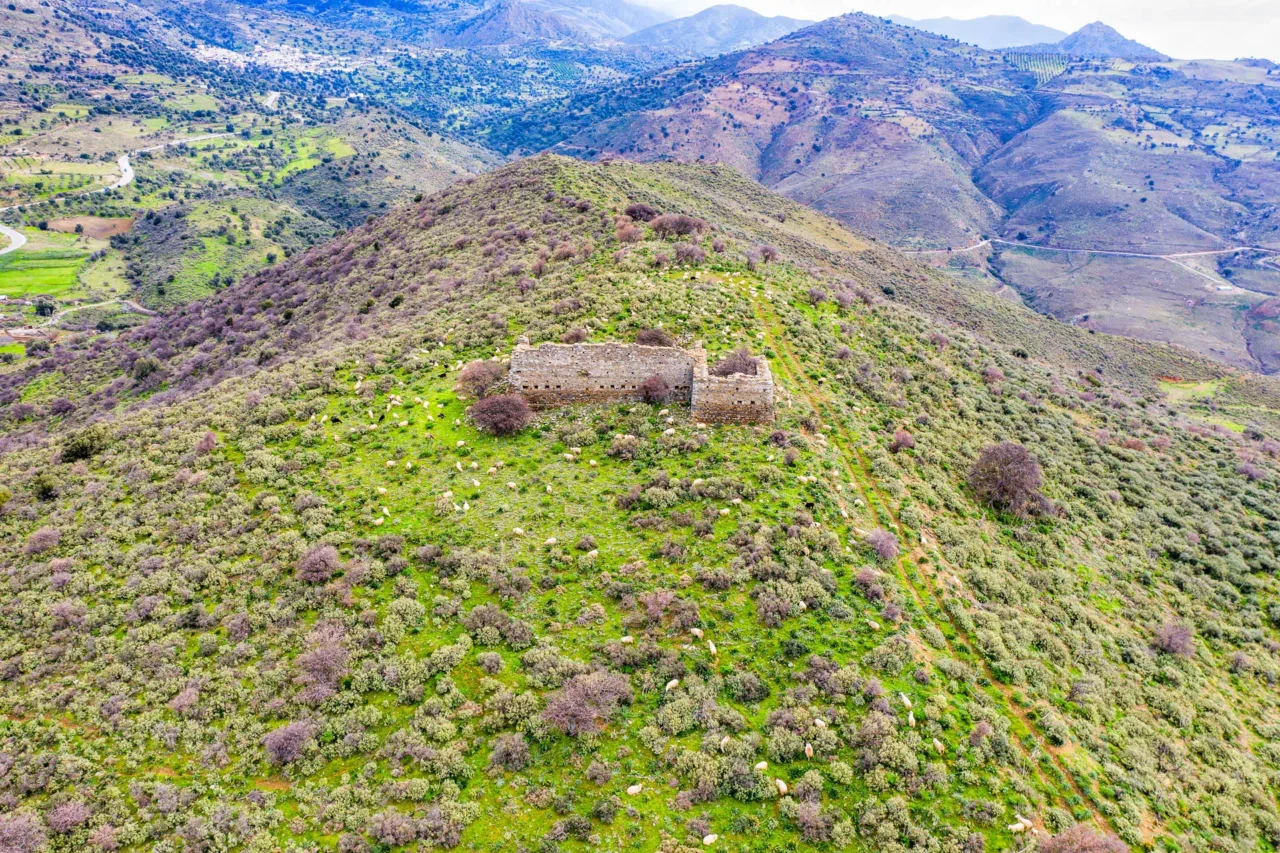
Koules in Vathiako: A Sentinel of Ottoman Rule in Crete
Construction Period: Late 19th century (post-1866)
Location: South of the village of Vathiako, in the Amari Valley, Rethymno region, Crete.
Dimensions: Rectangular plan with a north-south orientation. The northern room measures 5×7 meters, and the southern room measures 5×10 meters.
Defensive Features: Thick stone walls, loopholes (small openings for firing weapons), and a possible rainwater cistern.
Historical Significance:
- Built by the Ottomans to control the passage between Amari and Messara, a strategically important route.
- Served as a stronghold to protect the Muslim village of Vathiako, a center of Ottoman power in the region.
- Witnessed conflicts and power struggles between the Ottoman rulers and Cretan rebels during the late 19th century.
- After the liberation of Crete, the village was abandoned by its Muslim inhabitants, leaving the Koules as a silent reminder of the island’s turbulent past.
Current Status: Partially ruined, with the eastern wall and most of the roof collapsed. The remaining walls still exhibit loopholes and other defensive features.
Koules in Vathiako: A Deeper Dive into its History and Significance
The Koules in Vathiako is one of many small fortresses, known as “koules,” built by the Ottomans throughout Crete after the 1866 uprising to suppress and control the Cretan rebels. These structures played a crucial role in maintaining Ottoman rule and protecting strategic locations.
The Koules in Vathiako was strategically positioned on a hill south of the village, offering a commanding view of the surrounding area. It served a dual purpose: controlling the passage between the Amari and Messara regions and safeguarding the Muslim village of Vathiako, which was a center of Ottoman power and home to the renowned Janissaries of the region.
The village of Vathiako, with its fortified houses, was often a site of conflict due to the presence of the Janissaries, who were known for their fierce reputation. After Crete’s liberation, the Muslim population, including many Islamized Greeks, left for Turkey, leaving the village and its Koules abandoned.
The Koules itself is a sturdy, simple structure with a rectangular layout. It was divided into two large rooms, the northern one smaller than the southern. The western end was divided into two sections, one elevated and the other separated by a wall. Loopholes were strategically placed in the walls for defensive purposes.
In front of the Koules, there is a conical depression that may have served as a rainwater cistern, ensuring a water supply for the occupants during times of siege.
Today, the Koules stands in a state of partial ruin, with its eastern wall and most of the roof having collapsed. However, the remaining walls still bear witness to its former strength and defensive capabilities. The Koules is a significant historical monument, offering a glimpse into the turbulent past of Crete and the complex relationship between the Ottoman rulers and the Cretan people.
Access
It can easily be reached after a very short hike as well from Vathiako village













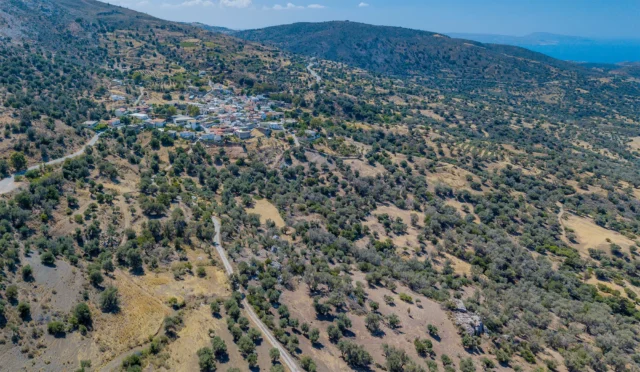

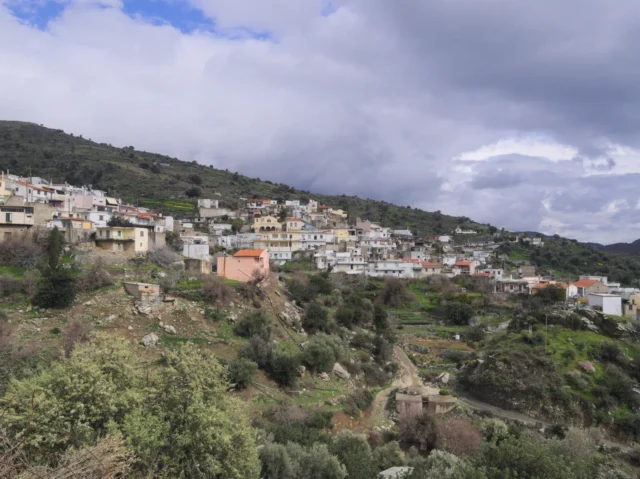
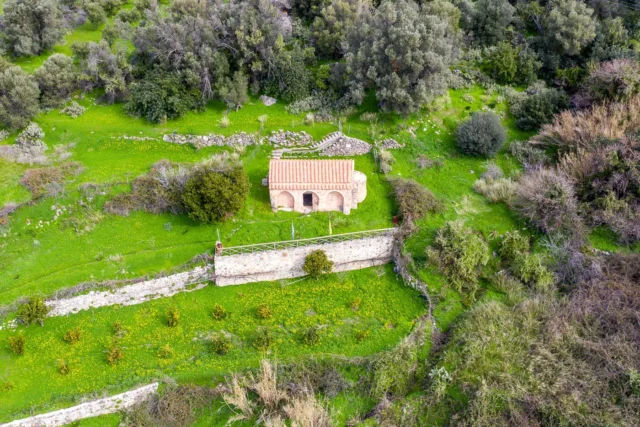



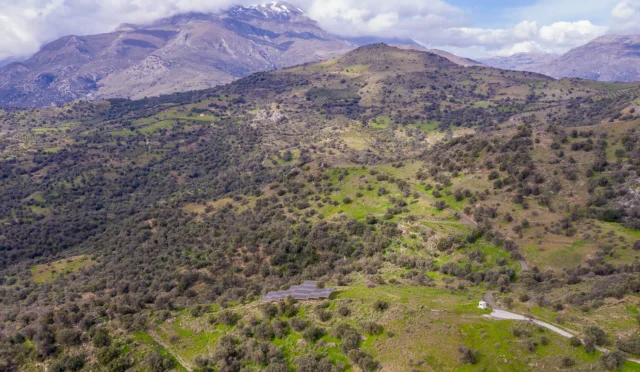
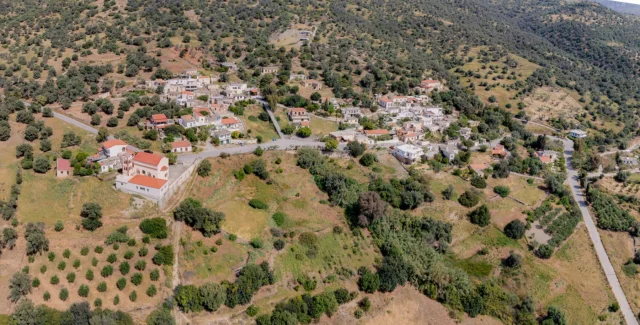
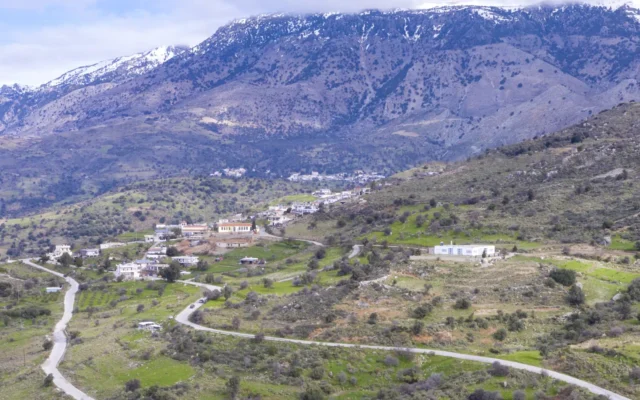
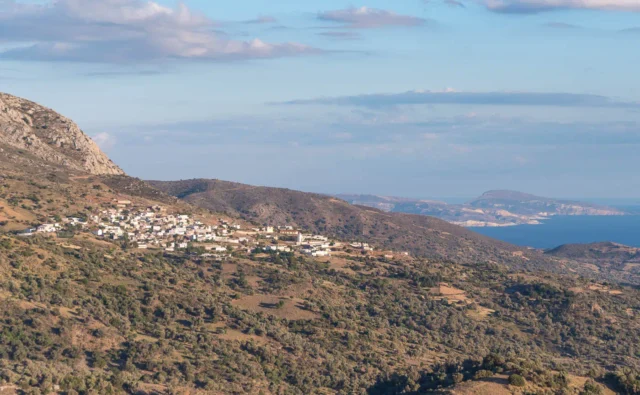


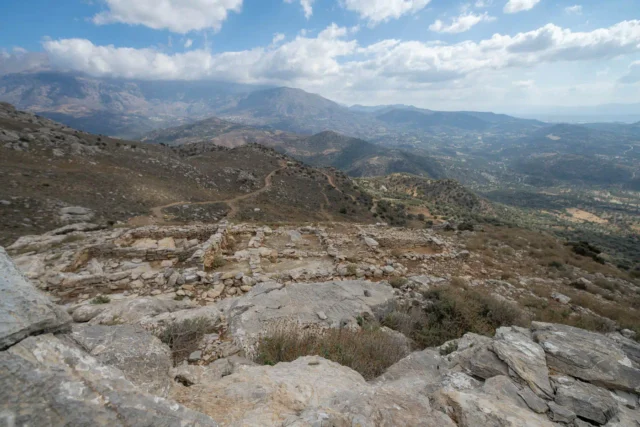

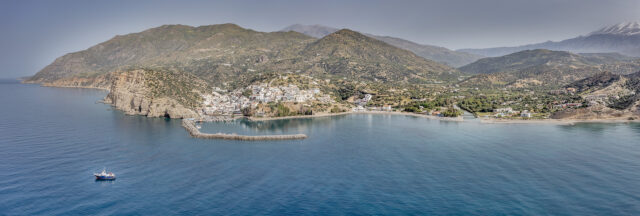
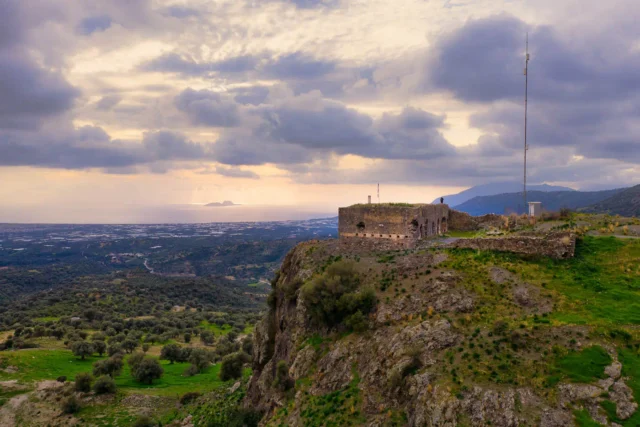

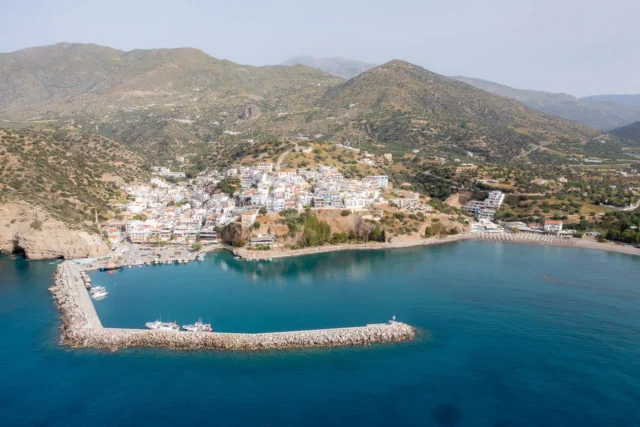
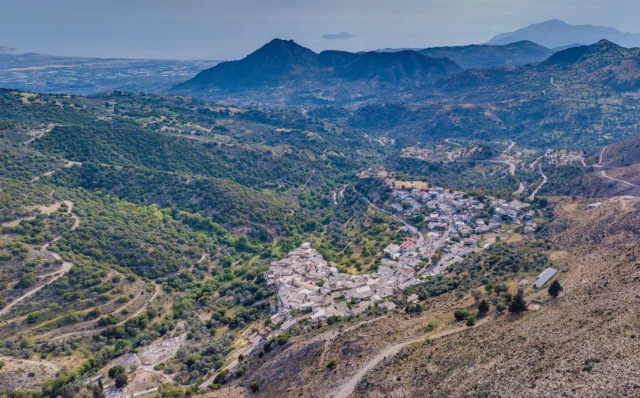

There are no comments yet.